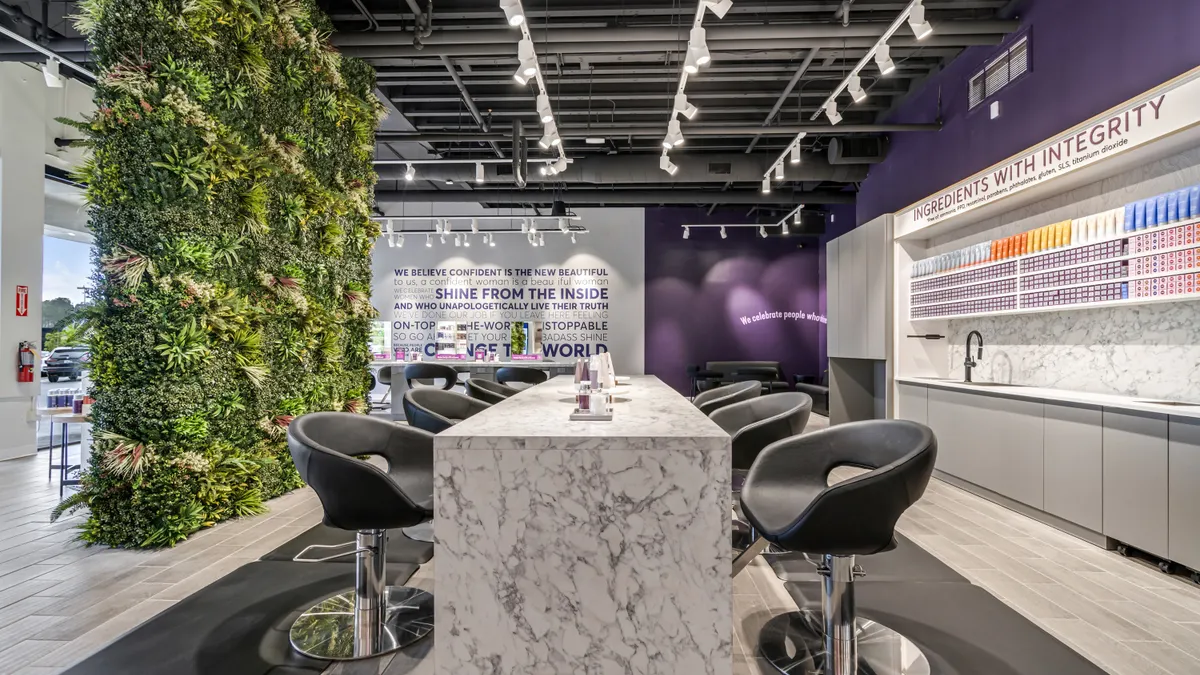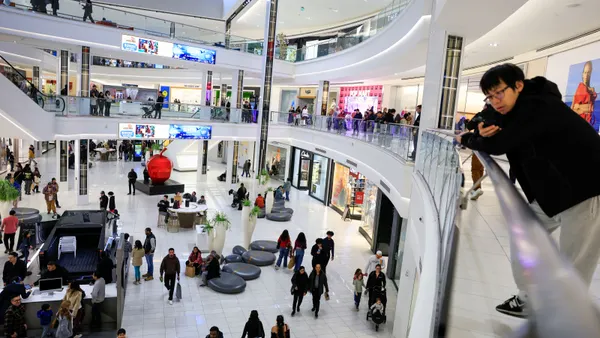Dive Brief:
- Brand loyalty slid globally in 2023, as consumers asked for better customer service and personalized offerings and shifting economic tides tested consumers’ loyalty, according to a survey by SAP Emarsys released last week.
- Nowhere was the decline of brand loyalty felt more than in the United States, where the number of customers who say they’re loyal to a brand plummeted 14% over the year. The decline in overall brand loyalty is the result of a drop in incentivized loyalty — the short-term loyalty gained by temporary incentives, such as discounts — which makes up the lion’s share of brand loyalty.
- While incentivized loyalty dropped 36% globally, other markers remained constant. True loyalty — the “unshakable loyalty built through love for a brand” and referred to as “the holy grail of brand loyalty” — remained relatively constant.
Dive Insight:
Falling brand loyalty isn’t a reason to despair, and in fact, brand loyalty has returned to 2021 levels.
The survey found that consumers’ desires in their relationships with brands have shifted toward more personalized offerings, loyalty rewards and better customer service, illustrating a pathway for CX executives to improve their customers’ brand loyalty.
The findings were part of the 2023 Customer Loyalty Index, conducted for the third year in a row by SAP Emarsys, a customer engagement platform used by such companies as Gibson, Puma and Pizza Hut. SAP Emarsys surveyed more than 10,000 individuals worldwide, including more than 4,000 consumers in the U.S.
Though the rate of people who said they were loyal to a particular brand plunged globally from 76% in 2022 to 66% in 2023, it returned to around 2021 levels (67%). The findings suggest that 2022 — with most of the world coming out of the COVID-19 pandemic — was an unusual year of consumer confidence and spending, which drove loyalty, according to the survey.
Brand loyalty is an important marker of customer retention. “Retention and loyalty come hand in hand,” said Kelsey Jones, global head of product marketing at SAP Emarsys. Studies have shown that acquiring a new customer costs at least five times more than retaining an existing one, making consumer loyalty an important factor in a business’ profitability.
Cost is the leading reason for a customer to leave a brand, with 60% of U.S. respondents saying they’d switch brands if a cheaper option was available, according to the survey. While low costs can create short-term incentivized loyalty, to maintain a long-term relationship with consumers, businesses will have to do more.
“Price alone will not work anymore,” Jones said. “Cost, while a factor in getting your foot in the door with a consumer, doesn’t create long-term loyalty. [Brands] have to focus on the entire experience — how are they engaging with them?”
The survey found that customers’ desires have shifted: consumers want more rewards for their loyalty and personalized offerings. In exchange for their loyalty to a brand, 46% of U.S. consumers expect personalized offers or discounts, 46% expect exclusive offers and 43% expect better pricing compared to less loyal customers.
In short, customers want to be treated specially for demonstrating their loyalty.
Brands excelling in customer service are more likely to retain loyal customers, the survey found. Excellent customer experience is the reason 44% respondents were loyal to a brand — up 22% from last year. Meanwhile, about half of respondents said they have changed brands as a result of unfavorable encounters with a company.
Notably, true loyalty remained relatively level. In the U.S., 39% of respondents “strongly agree” that they “have a favorite brand [they] love and trust,” up just two percentage points from 2022.
Focusing on true loyalty puts businesses on the “path to sustainable success,” says Jones. This measure is important for business leaders and CX leaders to pay attention to, as it is the most consistent consumers who will keep a business going through economic ebbs and flows.










